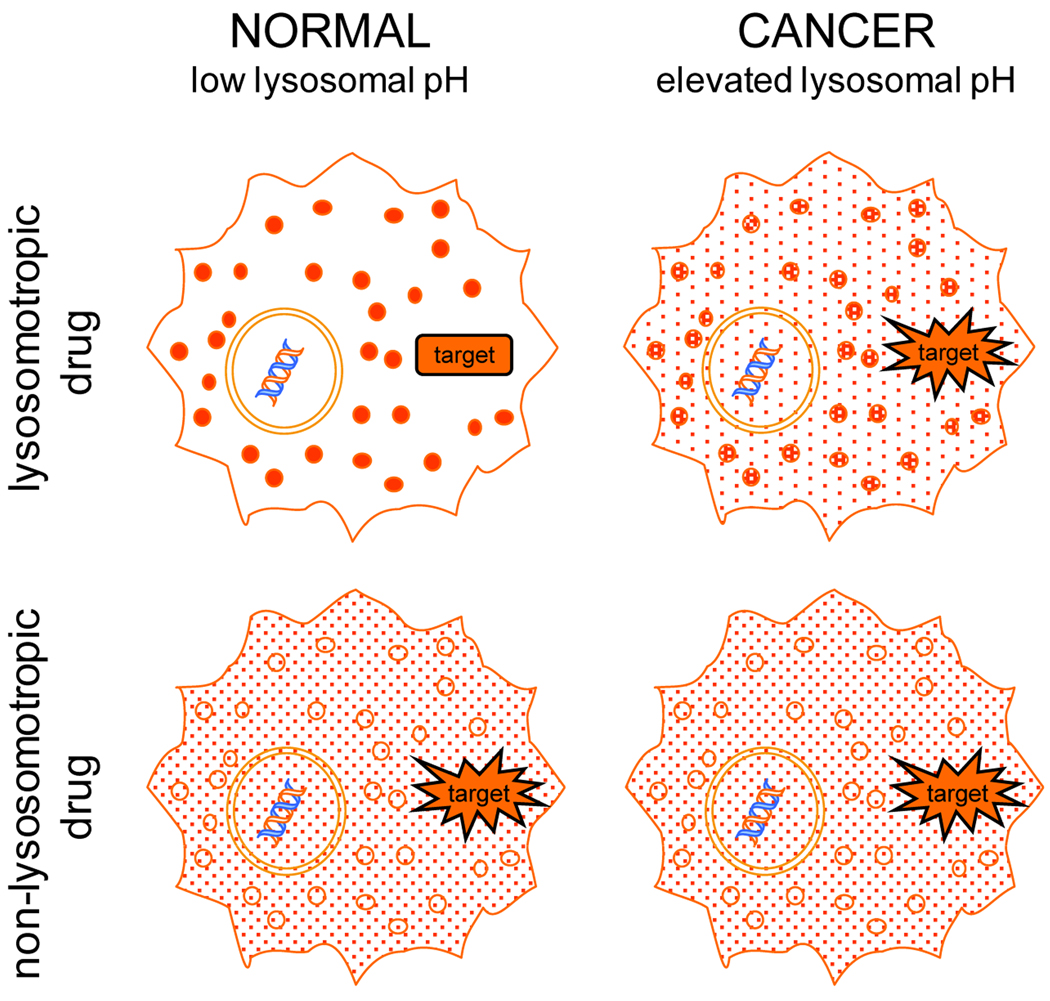Figure 1. Diagrammatic overview of the intracellular distribution-based (IDB) drug targeting platform.
IDB drug targeting capitalizes on differences in intracellular distribution behavior that exist for lysosomotropic drugs in cells with low (normal) and elevated lysosomal pH (cancer). Drugs (represented as red dots) with lysosomotropic properties will be extensively sequestered in lysosomes of normal cells and will have relatively little interaction with cytosolic targets (top left cell). The same lysosomotropic drug will localize differently in cancer cells with elevated lysosomal pH (top right cell). Specifically, the drug concentration in the lysosomes of cancer cells will be reduced and the concentration in the cytosol will concomitantly increase. The increase in cytosolic levels of the drug allows for greater interaction with targets and an increased therapeutic response. Anticancer drugs without lysosomotropic properties will not differentially localize in normal and cancer cells regardless of lysosomal pH status (lower cells) and drug-to-drug target interactions will not be affected.

